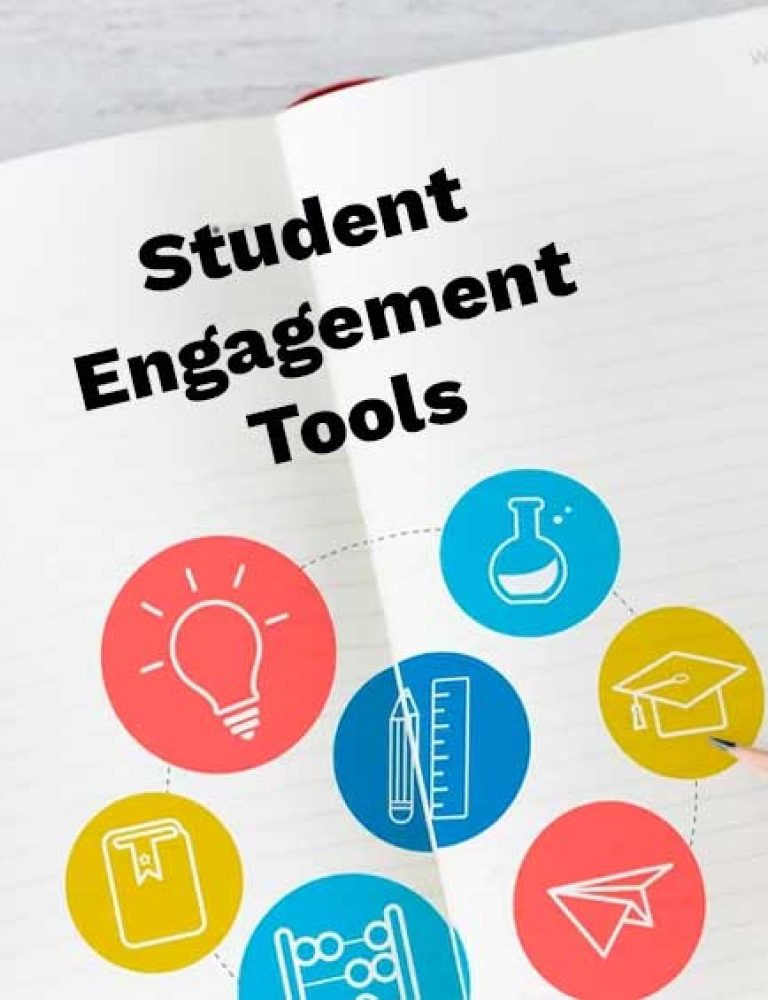In the fast-paced and strategic landscape of content creation, content editors are crucial for developing the perfect balance between creativity and consistency, managing diverse talents, and ensuring a smooth editorial process. These are also some of the challenges that content editors face daily.
To navigate these vital roles successfully, team harmony and effective collaboration are essential. So make sure you build a collaborative culture within your content editing team to enhance productivity and creativity in the long run.
Dive into this article for a concise guide on overcoming complications in content development. Read on!
In this article, we will explore insights on fostering a collaborative environment and managing teams efficiently. We will also cover how the strategic implementation of a centralized collaboration platform can help combat many complications. Read on!
Table of Contents:
I. How to Foster Collaboration through Real-Time Communication and Collaboration?
- Implement a Centralized Collaboration Platform
- Encourage Open Communication
- Utilize Video Conferencing for Face-to-Face Interaction
- Utilize Collaborative Editing Tools
- Implement a Gamified Approach
II. Tips for Managing Teams Effectively
- Understand Individual Strengths and Weaknesses
- Promote a Collaborative Leadership Style
- Establish Clear Roles and Responsibilities
III. How to Ensure Consistency through a Streamlined Editorial Process?
IV. Conclusion
How to Foster Collaboration through Real-Time Communication and Collaboration?
Real-time communication and collaboration are essential for achieving success in content development. Effective exchange of ideas and team efforts are central to the improvement of creativity and efficiency.
Let’s look at some strategies to foster collaboration among team members:
1. Implement a Centralized Collaboration Platform
A centralized collaboration platform is an essential tool for bringing all team members on the same page. Such platforms act as social and creative hubs where content editors and other team members can work together seamlessly towards a common goal.
Make sure the platform you choose integrates features that facilitate real-time communication, progress tracking, and file sharing.
Depending on user needs, enterprise-class digital publishing and learning platforms like KITABOO also allow for customer onboarding and analyzing usage statistics. This not only helps streamline the workflow but also provides a centralized location for all project-related information.
2. Encourage Open Communication
Developing a culture of open communication from the get-go is fundamental to effective collaboration. Team members need to feel comfortable in order to be able to share their best ideas, honest feedback, and real concerns.
Tools such as messaging services or project management software are great for quick exchanges, helping remove communication barriers and promoting a more open environment. Regularly scheduled virtual catch-up meetings can foster unity among team members and enhance their communication.
3. Utilize Video Conferencing for Face-to-Face Interaction
Video conferencing tools allow for virtual interactions to negate any geographical restrictions, helping build stronger connections among otherwise distant team members. Virtual meetings can develop relationships and strengthen the team’s collaborative spirit. Video conferencing goes beyond impersonal communication methods for a better understanding among team members.
4. Utilize Collaborative Editing Tools
Apart from a centralized collaboration platform, the integration of collaborative editing tools allows multiple team members to work on the same project simultaneously in real time.
By working on projects simultaneously, team members can view changes instantly, have productive discussions, and make the necessary corrections without the need for tedious back-and-forths, creating a more streamlined editorial process.
5. Implement a Gamified Approach
The introduction of gamification elements can help make real-time communication and collaboration more competitive and engaging, adding more fun to teamwork. Gamification allows for the creation of challenges and achievement milestones within the centralized collaboration platform. This incentivizes active participation from team members and encourages healthy collaboration.
Tips for Managing Teams Effectively
Managing a team of diverse individuals requires an appropriate balance between leadership and flexibility. Here are some strategies for content editors to facilitate effective team management:
1. Understand Individual Strengths and Weaknesses
All team members have a unique set of skills that they bring to the table, and understanding their strengths and weaknesses allows for more effective content planning.
Efficiently splitting up tasks ensures that each team member productively contributes to their areas of expertise. This boosts productivity and develops a positive and inspirational working environment. Regular discussions and open feedback sessions can help identify and develop individual strengths.
2. Promote a Collaborative Leadership Style
Leadership that encourages collaboration rather than needlessly imposing a sense of authority helps team members feel better heard and valued.
Team members who are able to be open with leadership are more likely to actively participate in the creative process in an environment where constructive feedback is encouraged instead of silenced. Effective leadership and collaboration encourage team members to take ownership of their work and create as a team.
3. Establish Clear Roles and Responsibilities
The establishment of explicitly defined roles and responsibilities helps prevent confusion and leads to a more streamlined editorial process. Clear and effective role delegation is especially important for interconnected tasks.
A team with clear and organized responsibilities meets deadlines efficiently and has a sense of personal accountability. Updating role assignments as the team evolves helps them adapt to new challenges without cross-communication errors.
How to Ensure Consistency through a Streamlined Editorial Process?
Consistency is essential in content development, and a streamlined editorial process is key to achieving it. Here are some tips to enable consistency in content creation:
1. Create a Detailed Style Guide
A comprehensive style guide is fundamental to maintaining consistency in content. Style guides typically outline tone, voice, and formatting preferences for the content. This serves as a blueprint for all team members, ensuring uniformity across different content types. Regularly updating style guides is imperative for accommodating trends and audience preferences.
2. Utilize Project Management Tools
Project management tools allow team members to organize tasks, track progress, and set and fulfill deadlines. With these tools, content editors have a top-down perspective of the editorial process in order to identify problems and effectively implement changes. Such tools also provide insights into team performance, facilitating data-driven decision-making.
Aside from these, cloud-based digital textbook platforms, such as KITABOO, allow team members to have complete agency over project documents for more effective collaboration efforts.
3. Implement Version Control
Version Control systems help manage changes in collaborative projects by ensuring that all team members have access to the latest version of the content, preventing any version conflicts. This safeguards content and allows team members to track changes, provide feedback, and maintain an explicit record of their content revisions if needed, for content audits to evaluate the quality, history, and consistency of any K12 published content.
4. Implement Automation to Streamline Tasks
Automation tools help simplify repetitive tasks, resulting in a more streamlined editorial process. Automating tasks such as proofreading, content scheduling, and scheduling social media posts helps save time and negate the possibility of human errors for a more efficient workflow.
The implementation of AI-powered collaboration platforms, such as KITABOO, can enhance productivity workflows and streamline communication by providing intelligent content management and efficient knowledge sharing.
Conclusion
In the world of content editing, developing team harmony is imperative for fostering collaboration through real-time communication and managing diverse teams.
Content editors can better navigate the challenges of their role by implementing centralized collaboration platforms, which helps them combine multiple strategies to create an efficient environment for creation.
In this context, note that KITABOO is a K12 digital publishing and learning platform that helps enterprises create, publish, and deliver interactive content online, functioning as a perfect hub for creative collaboration. By utilizing this platform, editors and general managers can streamline workflow, ensuring seamless collaboration and efficient content creation.
Write to us at KITABOO@hurix.com to know more!
Discover How An Ebook Conversion, Publishing & Distribution Platform Can Help You
Kitaboo is a cloud-based content platform to create-publish & securely distribute interactive mobile-ready ebooks.
You May Also Like








